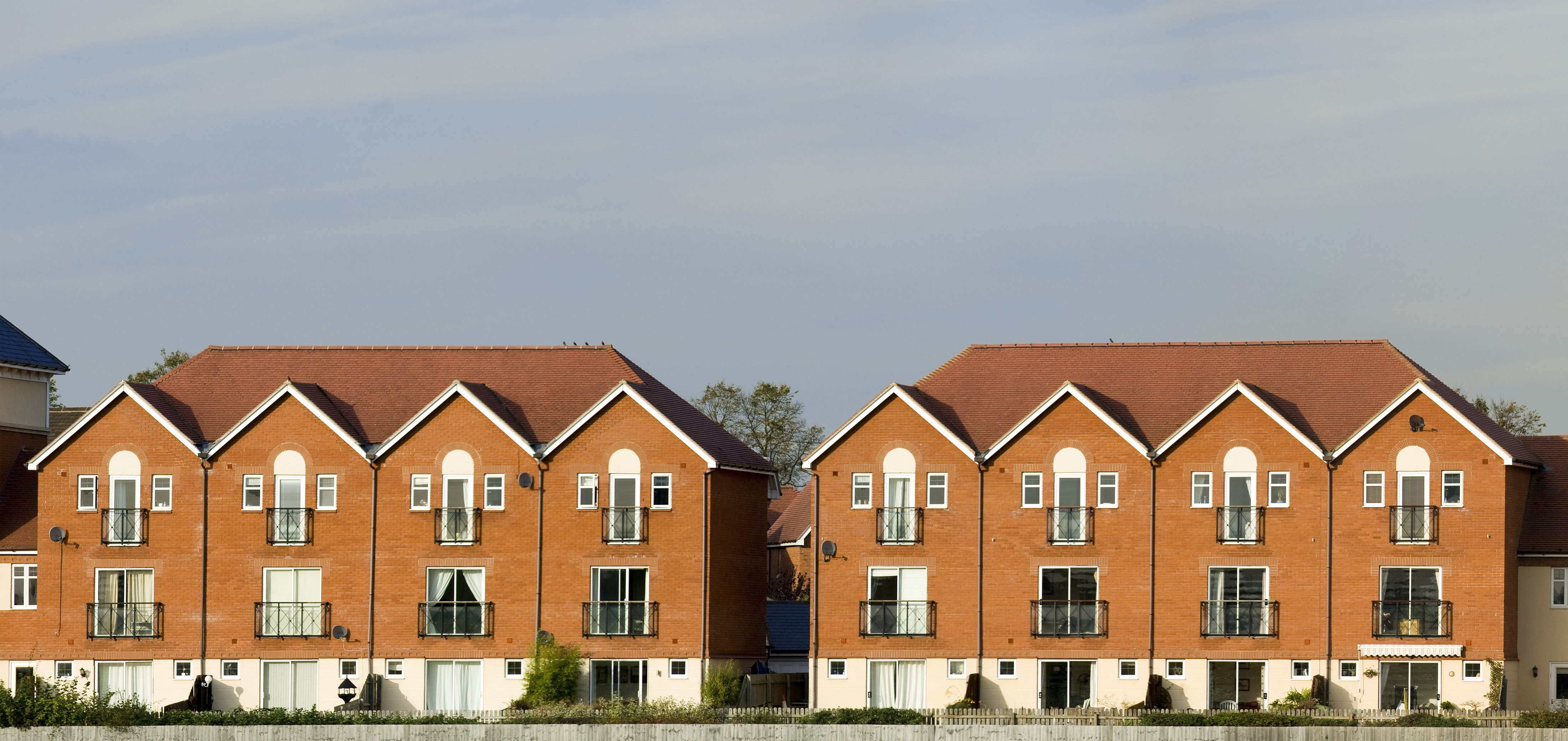First-time Buyer
Getting on the property ladder: the Govt’s home buying schemes explained…

We break down the schemes available to people struggling to buy a house.
In a bid to give the economy a desperately needed boost, the Government has introduced four new schemes to get more people onto the property ladder.
Read our guide to what each scheme involves and what they mean for prospective buyers.
Help to Buy equity loans
With a Help To Buy equity loan, buyers can purchase a newly built home with at least 75% of the cost met by a mortgage and a deposit of at least 5% of the purchase price. The rest is covered by the Government through an equity loan.
These loans are open to both first-time buyers and home movers on new-build homes valued up to £600,000. Buyers cannot then sub-let this property.
Fee – There is no charge for the first five years of the loan. In the sixth year, the homeowners will be charged 1.75% of the loan’s value. After this, the fee will increase every year. This increase is calculated by using the Retail Prices Index plus 1%.
The homeowner will be contacted before the fees start, to set up monthly payments.
Note- fees don’t count towards paying back the equity of the loan.
Help to Buy 2
The second part of the Help to Buy scheme will be available from early October 2013, after the launch date was brought forward by three months.
Originally, the second tranche of Help to Buy was supposed to kick in from January 2014.
The scheme aims to encourage mortgage lenders to offer higher loan-to-value mortgages at lower interest rates. Borrowers need to raise 5% deposit in order to qualify.
The Help to Buy indemnity, or insurance, will compensate mortgage lenders should borrowers of these higher loan-to-value mortgages default on their loans.
The Government hopes that this insurance will boost the availability of mortgages between 80% and 95% loan-to-value, making it easier for borrowers with small deposits to get on or move up the housing ladder.
The indemnity will apply for seven years after the loans are issued and can be used againts new builds as well as older properties.
Help to Buy 2 will be available on mortgages up to £600,000 and will not be confined to first-time buyers, but will only be offered on a borrower’s main residence, rather than buy-to-let or second homes.
Shared ownership schemes
Shared ownership schemes are provided through housing associations. The homebuyer gets a share of the property (between 25% and 75% of the home’s value) and pays rent on the remaining share.
Buyers need to take out a mortgage for their share of the home’s purchase price.
Shared ownership properties are always leasehold.
Shared ownership eligibility:
• Buyer’s household earns £60,000 a year or less
• Is a first-time buyer (or used to own a home, but can’t afford to buy one now)
• Rents a council or housing association property
There are shared ownership schemes available for older and disabled people called ‘older people’s shared ownership scheme’ and ‘Home Ownership for People with Long-Term Disabilities’.
‘Older People’s Shared Ownership‘ is aimed at those aged 55 or over.
This scheme works in the same way as the general shared ownership scheme, but the buyer can only buy up to 75% of the home. Once they own 75% they won’t have to pay rent on the remaining share.
‘Home Ownership for People with Long-Term Disabilities’ can help disabled people buy any home that’s for sale on a shared ownership basis if the prospective buyer can show that properties in the other HomeBuy schemes do not meet their needs.
For example: the buyer needs a property on the ground floor.
Buying more shares
There is a chance to buy more shares in the property any time after the buyer becomes the owner. This is known as ‘staircasing’.
The cost of the new share will depend on how much the home is worth when the buyer wants to buy the share.
So, if property prices go up, the buyer will have to shell out more. If the price drops then the shares will be cheaper.
The housing association will get the property valued and let the buyer know the cost of the new share. The buyer will have to pay the valuer’s fee.
Selling your home
The buyer can sell the house if they own the house outright, however once the property is put up for sale, the housing association has the right to buy the property back first.
If the owner only owns a share of the home, the housing association has the right to find a buyer for it.
NewBuy
NewBuy lets people buy a newly built home with a deposit of only 5% of the purchase price.
To qualify for NewBuy, the property must be:
• a new build – being sold for the first time or for the first time in its current form e.g. a new flat that used to be part of a house
• priced £500,000 or less
• the buyer’s main home – the buyer can’t use NewBuy to buy a second home or a buy-to-let property
• owned fully by the buyer – people can’t use NewBuy for shared ownership or shared equity purchases
• built by a builder taking part in the scheme
Those applying for NewBuy need to be:
• a UK citizen
• someone with the right to remain indefinitely in the UK
Buyers don’t have to be a first-time buyer and there’s no limit on their level of income.
This article was first published in May 2013.